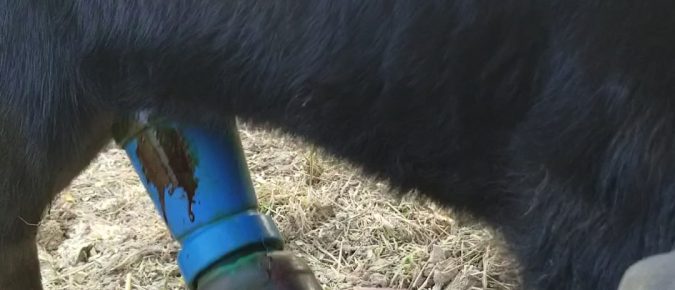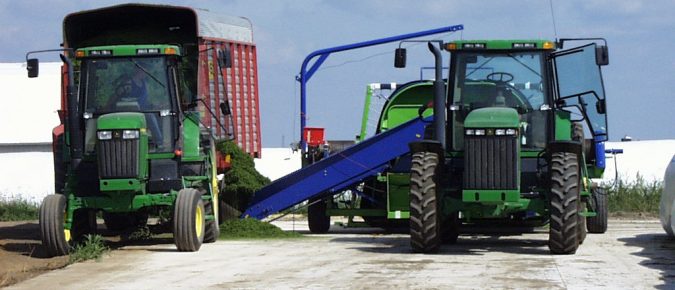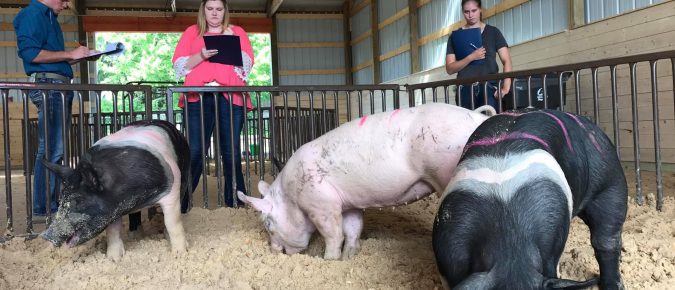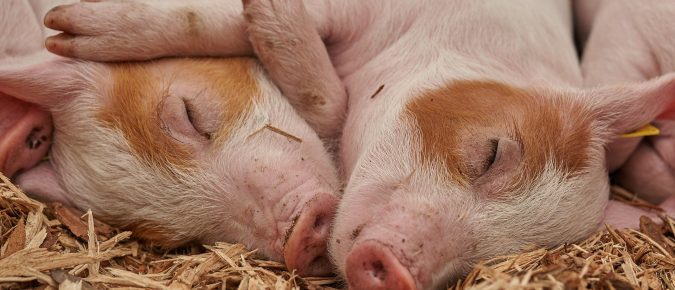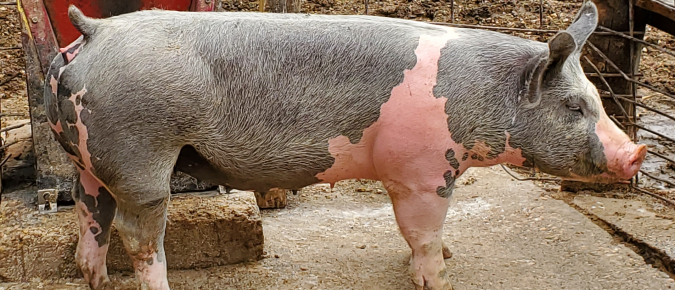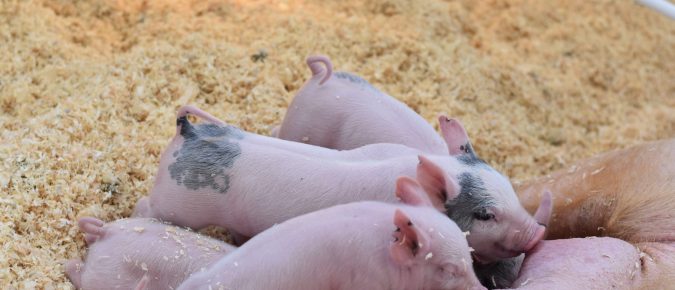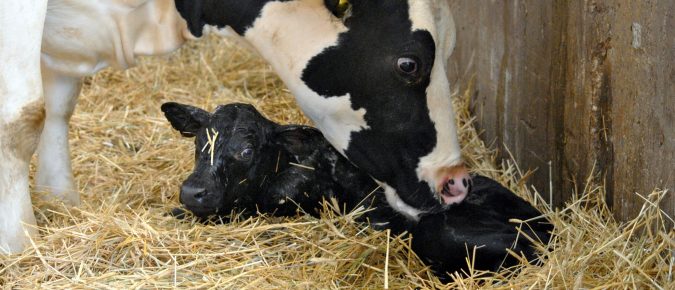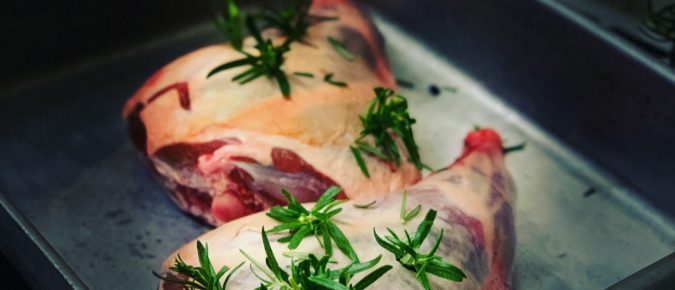Articles
Navel Care for Beef x Dairy Calves
English | Spanish The umbilical cord is the lifeline between the cow and her fetal calf. Fetal oxygen, nutrients and wastes are exchanged through the umbilical cord. The umbilical cord is connected to the cow’s placenta and passes through the calf’s abdomen at the navel. The cord includes a pair of umbilical arteries and a […]
Youth Producer Guide to the Veterinary Feed Directive
Just as you prepare your animals for the show ring, you will need to plan with your parents and project advisors for how the Veterinary Feed Directive (VFD) will affect your future exhibitions. This series of handouts provides information to help you understand the VFD. The Veterinary Feed Directive Regulation Update explains VFD changes that […]
Marketing Your Project: A Guide for Youth and Families
In Wisconsin, young people have the privilege of being able to raise and care for livestock through involvement in youth based organizations such as 4-H and FFA. The opportunity to learn about how they function, such as genetics, meat science, health and many others introduces youth to a number of essential skills that contribute to […]
Ractopamine Free Swine Project
Ractopamine-free swine production is now a market specification/requirement throughout much of the U.S. pork packing industry. Ractopamine remains an FDA approved product that can be legally fed in the U.S. at approved levels and approved time periods in the life of a market-destined hog. However, restrictions from trade partners have led to its removal from […]
Show Pig Nutrition
Source: Kansas State Show Pig Guide (2019) and used with permission from Dr. Joel DeRouchey, Kansas State University Starting your pig off right Allow free access to feed and clean water at all times From 50 to 150 pounds a 1.20% to 30% total lysine diet is generally fed From 150 pounds until show day, […]
Ractopamine Free: A Wisconsin Response for Fair Staff
Adapted with permission from Ohio State University Extension, “A Ractopamine-Free Swine Project” and “A Ractopamine-Free Swine Project – Primer” Introduction Ractopamine-free swine production is now a market specification/requirement throughout much of the U.S. pork packing industry. Ractopamine remains an FDA approved product that can be legally fed in the U.S. at approved levels and approved […]
Ractopamine Free: A Wisconsin Response for Exhibitors
Adapted with permission from Ohio State University Extension, “A Ractopamine-Free Swine Project” Introduction Ractopamine-free swine production is now a market specification/requirement throughout much of the U.S. pork packing industry. Ractopamine (sold under the trade names Paylean® or Engain® for swine, and Optaflexx® or Actogain® for cattle and other generic derivatives) is an approved product used […]
Feeding the Newborn Calf
Feeding high-quality colostrum to the calf as soon as possible after birth is the most important thing you can do for calf health. The timely ingestion of adequate amounts of high-quality colostrum allow the calf to acquire passive immunity from the dam.
Don’t cook your eggs before they’re laid
Tips to help your poultry flock beat the heat in this edition of Small Flock Nuggets.
How much meat should a lamb yield?
Tips to help you better understand the amount of edible product expected from a grain finished lamb.

